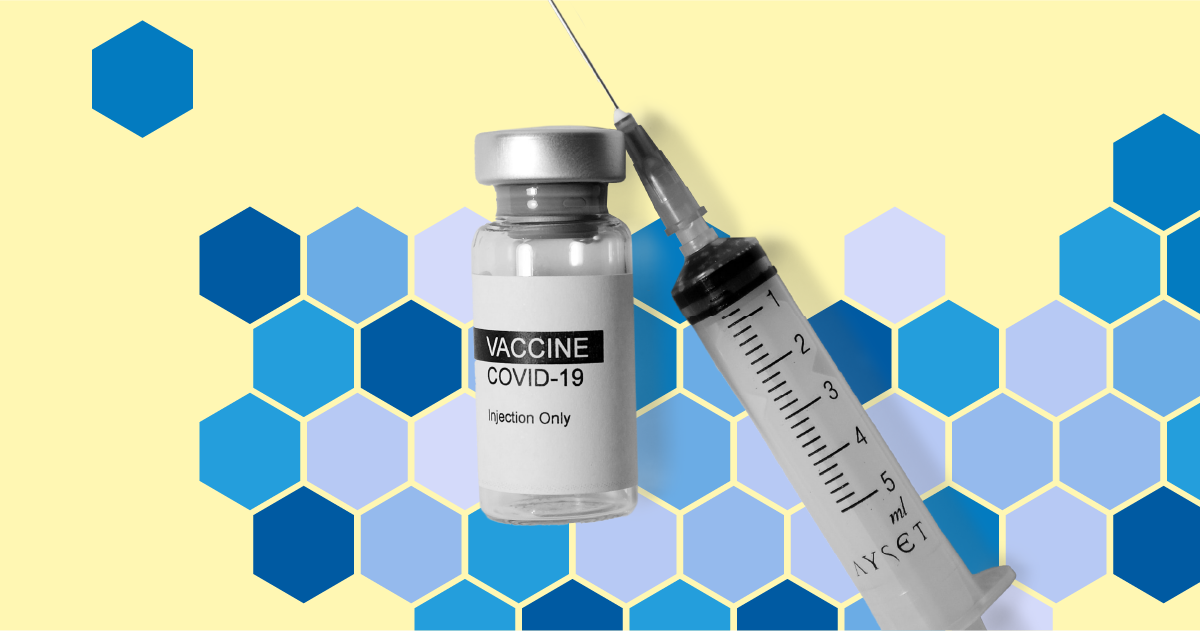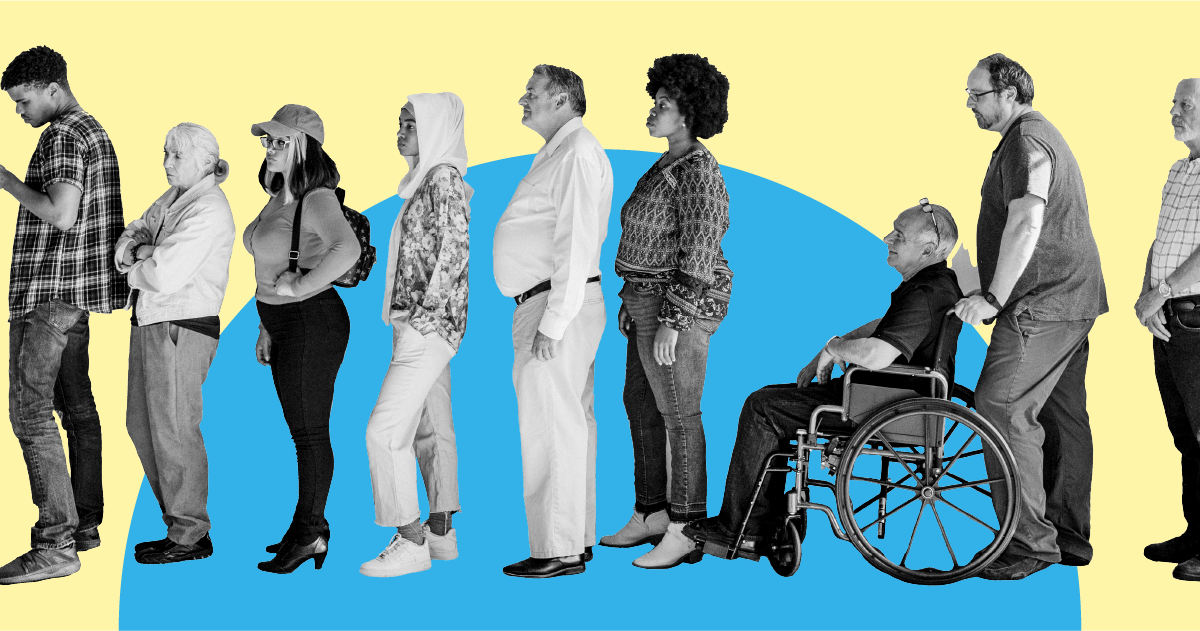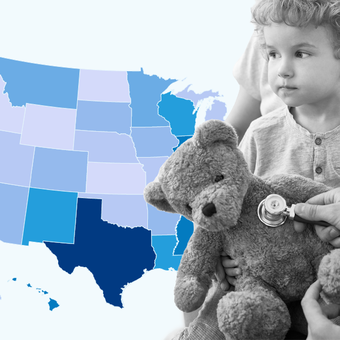The Census Bureau estimated that 5.3% of all adults in the US were experiencing long COVID in late October 2023. Of the approximately 134 million adults who have had COVID-19, 9.5% were experiencing long COVID in late October 2023.
Overall, the Census Bureau estimated that 25.6% of US adults who’ve contracted COVID-19 had experienced long COVID at some point.
What is long COVID?
“Long COVID” describes a series of long-term symptoms and conditions that a person can experience as a result of a COVID-19 infection, according to the Centers for Disease Control and Prevention. The effects are present four weeks or more after the initial infection, may change over time, and may present severe or life-threatening events months or years after infection.
What causes long COVID?
Anyone who has had a COVID-19 infection can develop long COVID, even if the infection was mild or the person didn’t know they had COVID at the time. Long COVID is most common in people who have had severe illness, and people who are not vaccinated may have a higher risk of developing it. Long COVID appears to be less common in children and adolescents than in adults.
Subscribe to get unbiased, data-driven insights sent to your inbox weekly.
What are the symptoms of long COVID?
There are a wide range of symptoms associated with long COVID, and it may not affect everyone the same way, according to the CDC. People with the condition most commonly report symptoms including fatigue, fever, difficulty breathing or shortness of breath, cough, chest pain, fast-beating or pounding heart, brain fog, headache, sleep problems, dizziness or lightheadedness, diarrhea, stomach pain, joint or muscle pain, and changes in menstrual cycle.
Is long COVID becoming more common?
At the end of October 2023, a lower share of adults who previously contracted COVID had subsequently experienced long COVID compared to a year earlier, according to Census Bureau data. In late October 2023, 25.6% of US adults who had ever had COVID later experienced long COVID, down from 29.6% a year earlier and 35.1% in early June 2022.
The proportion of people actively experiencing long COVID was also trending downward in October 2023. At that time, 9.5% of people who previously had COVID were experiencing long COVID, compared with 14.7% a year earlier, and 18.9% in June 2022.
Who is most likely to experience long COVID?
In September 2023, Hispanic adults, non-Hispanic multiracial adults, and adults of other races [annotation-4669e629-1f89-401d-8242-a13078c14759] reported the highest rates of long COVID, with 29.1% and 34.7% of those who had COVID-19 later experiencing long COVID, according to the Census Bureau. Among non-Hispanic Black adults who have had COVID-19, 26.1% experienced long COVID, as did 24.9% of non-Hispanic white adults, and 15.0% of non-Hispanic Asian American adults.
Among age groups, people over age 60 experienced the lowest rates of long COVID after infection. According to the Census's October data, 23.9% of COVID-positive people between 60 and 69, 20.4% of people between 70 and 79, and 20.5% of COVID-positive people over age 80 developed long COVID. Those who have been COVID-positive and are under age 60 experienced higher rates than older adults, ranging from 25.8%–27.3%.
Cisgender females are more likely to experience long COVID than cisgender males — 30.0% of cisgender females who have ever been diagnosed with COVID experienced long COVID compared to 20.2% of cisgender males, according to October data.
How many people have symptoms that affect daily life?
In October 2023, the CDC estimated that 1.6% of all adults in the US were experiencing significant activity limitations as a result of long COVID. Over a quarter of adults with long COVID — 28.4% — were experiencing significant activity limitations.
Which states have the most long COVID?
Tennessee, Mississippi, and Montana had the highest share of state populations experiencing long COVID at the end of October 2023. The Household Pulse Survey taken from October 18 to October 30 reported that 8.0% of all adults in Tennessee were experiencing long COVID at that point in time. In Mississippi, 7.4% of all adults were experiencing long COVID at that time, as were 7.2% of adults in Montana.
Where does this data come from?
Where does this data come from?
Long COVID data comes from the Census Bureau’s Household Pulse Survey. The survey questions were developed in partnership with the CDC’s National Center for Health Statistics. The Household Pulse Survey is a 20-minute online survey designed to support the federal statistical system in rapidly providing relevant information about the impact of the coronavirus pandemic in the US.
Because the Household Pulse Survey was developed to get information quickly, it has some limitations. Those include the potential that respondents provide incorrect information or misunderstand questions; that individuals are missed who would otherwise be included in traditional survey methods; that responses aren’t fully collected or people are unwilling to provide information; and that forms may be lost and data incorrectly keyed, coded, or recorded.
The Household Pulse Survey’s data collection began on April 23, 2020. Questions about COVID-19 symptoms lasting three months or longer were first included on June 1, 2022, and questions about the effects of long COVID on day-to-day activities were first included on September 14, 2022.
Learn more about how COVID-19 changed America, and get the data directly in your inbox by signing up for our email newsletter.
Related health articles
Read data analyses written by the USAFacts team.
Page sources and methodology
All of the data on the page was sourced directly from government agencies. The analysis and final review was performed by USAFacts.
Census Bureau
Household Pulse Survey
Centers for Disease Control and Prevention
Long COVID or Post-COVID Conditions


